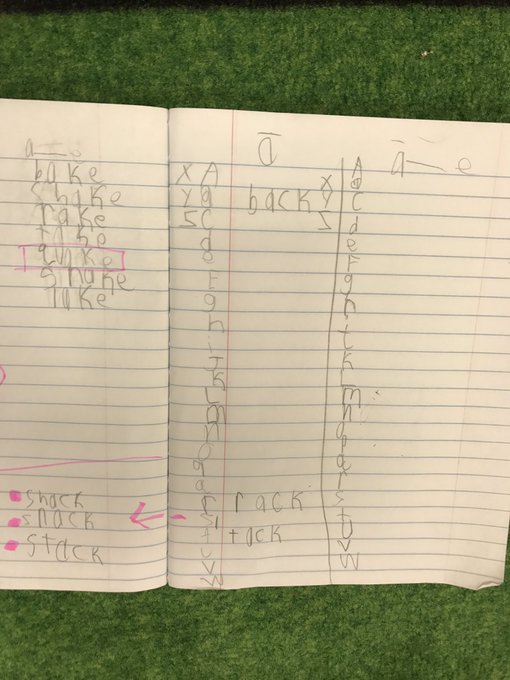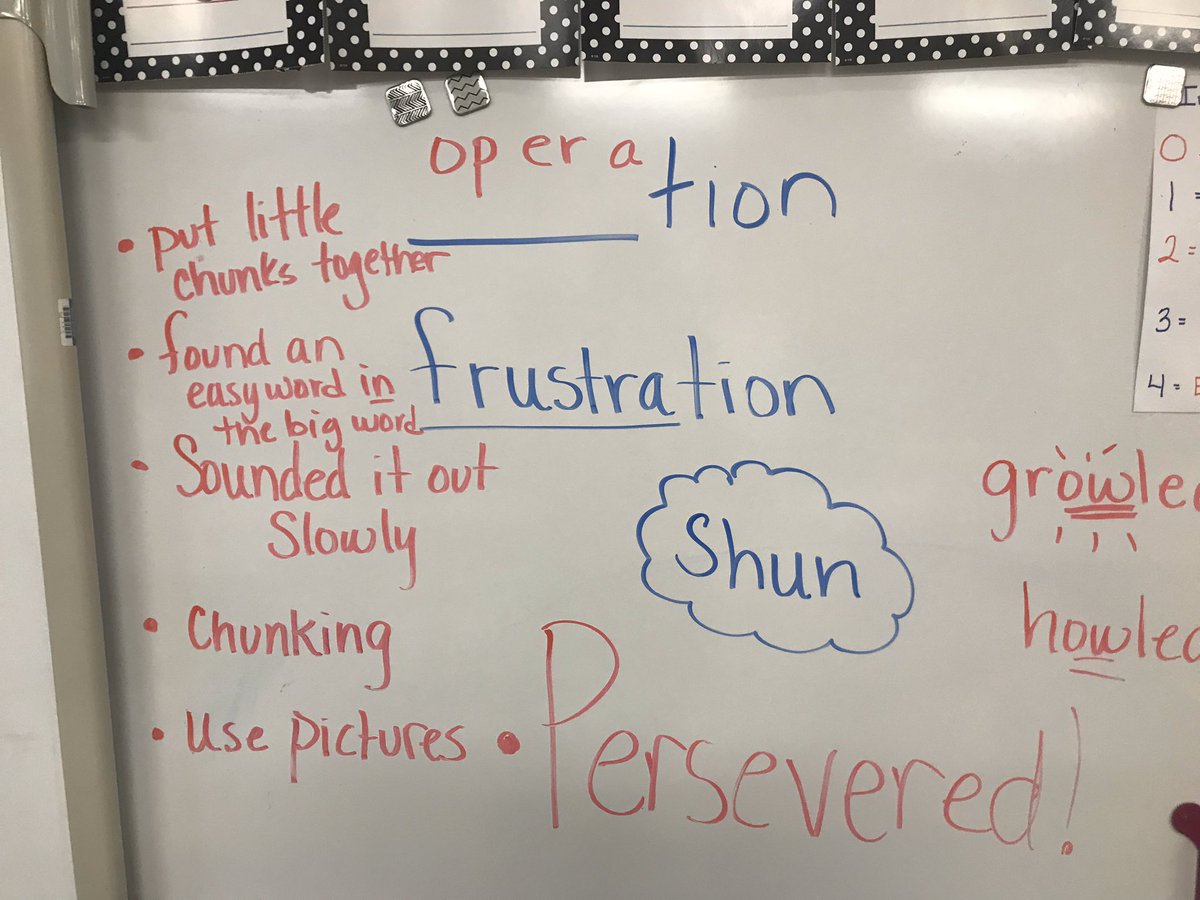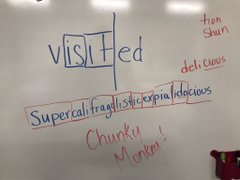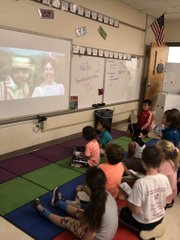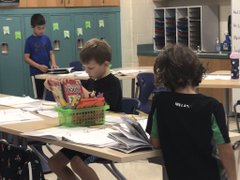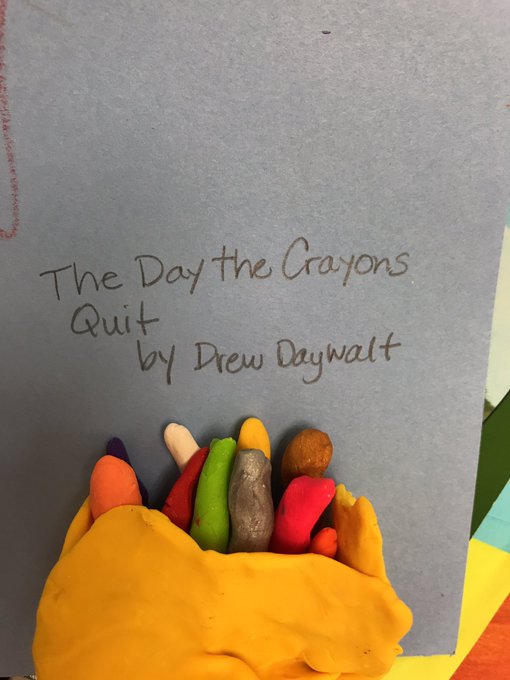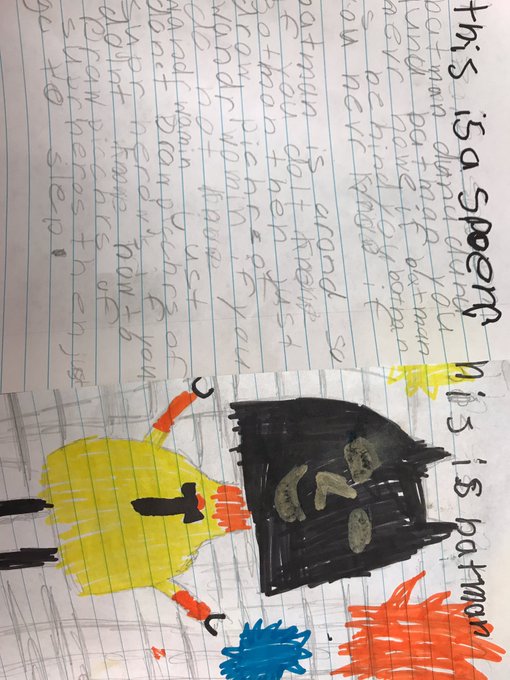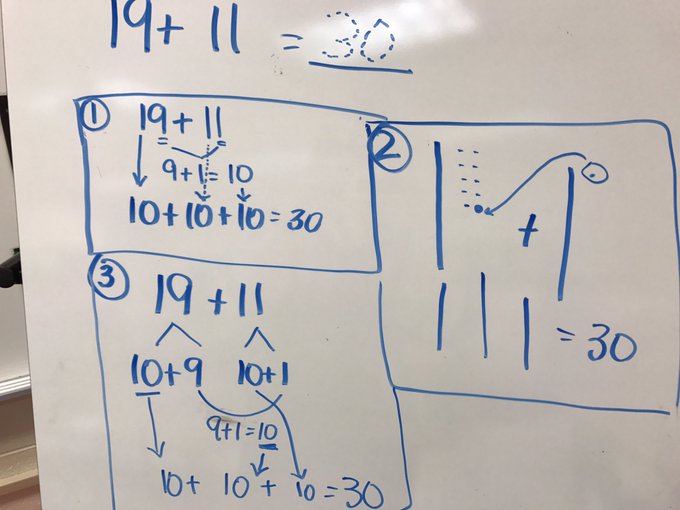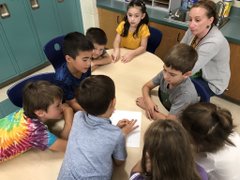I am positive our Spooky Matter experiments are a success as I type this sitting in an airport. As many of you know, my mom isn't doing well. When I was with her all summer, she had a nasty cough and was treated for pneumonia. In late August, although she had a mammogram in December, she was diagnosed with stage 4 breast cancer that has moved into her lymph nodes and lungs. She has gone through radiation and began a hormone therapy drug along with completing her first round of a low dose chemo pill. Today, she begin a stronger dose chemo pill, which is the reason for my visit to see her today and not be with your children as they experience matter in a fun and spooky way. Your children are in good hands with Mrs. Parkins and all the super amazing parent volunteers! I can't wait to hear how it goes!
On with the classroom related info...
Henley Helpers are amazing!

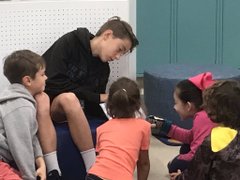
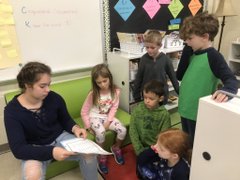
I had to switch around the morning Language Arts block in order to accommodate all students. Each child has a different schedule, but so far it is working well! Each rotation is about 25 minutes long. All students have two reading blocks - one independent and one with a teacher. I am able to meet with word study groups 3 times per week (for the other two days, students are on Spelling City working through their word study games). I meet with reading book clubs 3 times per week and meet with each child individually at least one time per week to discuss strengths and set goals. Students have a rotation of writing in which I provide verbal feedback to each child as they finish their drafts of their story. Please let me know if you have questions about this!
Here's the general schedule for the day:
8-8:25- Morning Meeting
8:25--10:15 - Language Arts Rotations
10:15-11:15 Specials
11:15- 12:28 - Read Aloud and Math
12:28 - 12:53 - Lunch
1:00-1:25 - Recess
1:25-2:15 - Science or Social Studies
2:15 - Pack up, Roses, and Dismissal

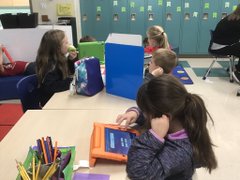
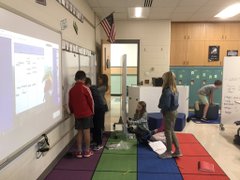
Reading:
We completed our decoding strategies. Students have been using Stretchy the Snake, Eagle Eye, Chunky Monkey, Flippy Dolphin, Tryin Lion, Skippy Frog, and Lips the Fish. Students continue to write new vocabulary words to their sticky notes!
We have recently begun adding comprehension strategies to our Reading Toolbox! Students are now familiar with the word "schema." Schema is all the information in our brain that we know about a topic. For instance, if you are reading a book about planes (ha ha!), you might know they have wings, an engine, a cockpit, a passenger area, and the baggage goes into the belly of the plane. After reading a book, you might add to your schema that flights are delayed (yes, mine is...ugh!), people wait in the airport and some even sleep in airports, there is a first class cabin on some flights, and there is something called turbulence which creates a bumpy flight. The more you read or even experience about planes, your schema grows and you know more and more about that one topic.
Students are also realizing they need to create clear pictures (or even a movie) in their heads when they read - VISUALIZATION! If those pictures are not clear, students understand that they should reread what they have read in order to understand it more clearly.
Lastly, students are getting more and more into their books by starting to ask questions like:
- I wonder why...
- I wonder what...
- How did...
- I wonder when...
- Who...
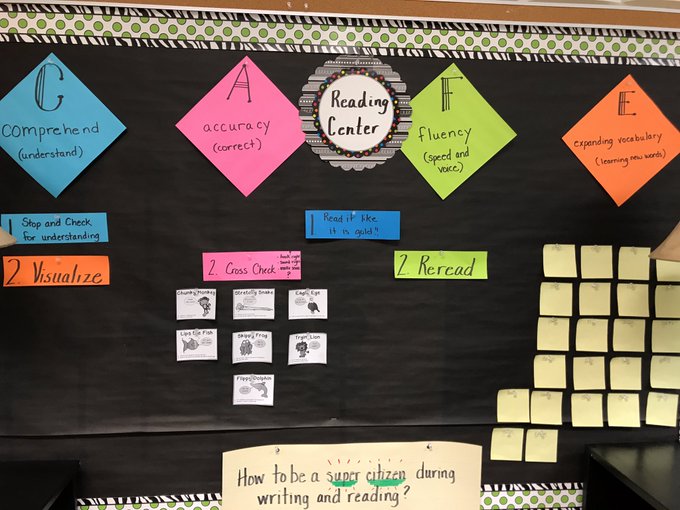
Ways to help at home:
- Practice makes perfect! The more reading your child does, the better they will get! Research shows between 20-30 minutes per day helps growing readers improve more rapidly.
- Rereading can help in many ways. Students gain confidence, become more fluent, and comprehend what is read! This can be done in different ways. If it is a book that is a good fit book, students can reread on their own. If it is "too big," you can read it once (while pointing to each word) and your child can reread it back to you. If they are too big for the book and it is easy for them, they can read it once and have a younger sibling read it back to them
- I want students to LOVE to read, just as I do! To get them to love it, they must love the story. Let your child choose what to read. If they are excited and engaged in the story, they will want to read more and more.
Word Study:
I work with each group for about 20-25 minutes three days a week so they know the reason behind their sort. With most sorts, we spend 2 weeks on each sort so they have a solid foundation. Students sort their words as a group, then write their words one time then do some type of activity with their words. They might use Wikki Sticks (bendable wax sticks), magnetic letters, stamps, or pens to create their words. They also have access to Spelling City in iPads two days per week to complete 10 (or more) assignments during the two week period. They LOVE Spelling City!
Ways to help at home:
Have fun with your child writing together. You could create a story together!
Writing:
Throughout the quarter, students have learned the proper flow of a story (introduce a character, then setting, next comes a problem and the solution to that problem). I have structured their writing during the first quarter, but have recently released control! I drew a haunted house and we brainstormed what they would see, hear, feel (touch and emotion), smell and taste. Students took those ideas and are in the midst of creating spooky stories and writing their final copy on fun, bat or ghost scary paper!
Math:
We have transitioned into Geometry. Students are able to identify 2D and 3D shapes. Here's a chart to describe the different vocabulary terms for each. Ask your child to explain them!
2D 3D
sides edges
corners vertex (vertices)
faces
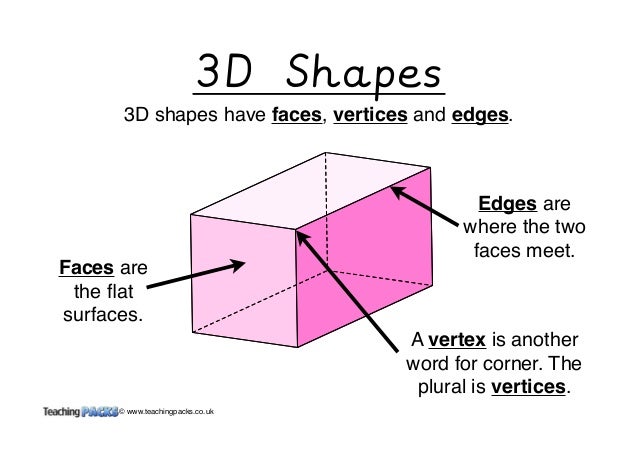
Students are also able to distinguish between the three different types of angles and sort shapes based on their angles.
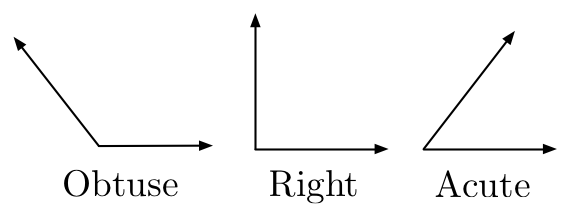
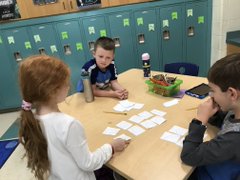
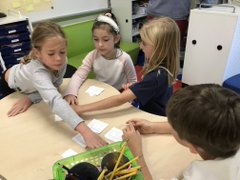

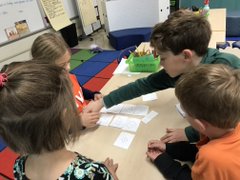
Students can describe rectangles using many of our vocabulary words. For instance, the rectangular donut array below can be described this way (don't mind the division information...just look at the yummy donuts, but don't drool too much!):
- squares are rectangles
- rectangles have 4 right angles
- rectangles have 4 corners
- rectangles have 4 sides
- this rectangle has 4 columns with 4 donuts in each column (columns go up and down like the columns that hold up a roof)
- this rectangle has 4 rows with 4 donuts in each row (rows go across the page like when you row across a lake)
- this rectangle has 16 total donuts
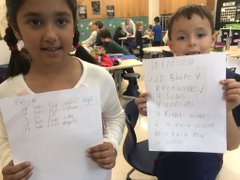

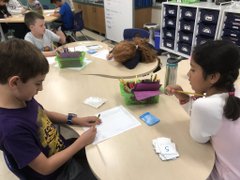




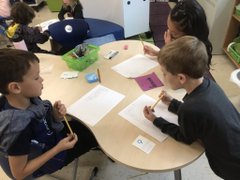
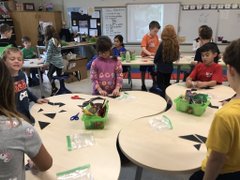
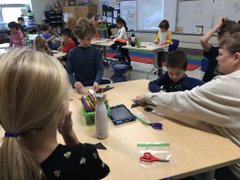
Ways to help at home:
- Continue to create word problems and have them use their own strategy to solve them.
- Ask your child to point out different 3D vocabulary terms on items around your house.
- Show your child an array and ask them to describe it as much as possible.
Science:
We have just transitioned into Science with our first unit...magnets! Students are exploring the types of material that have a magnetic field that attract magnets and which materials repel magnets. Student have been testing the magnetic force of the poles and which poles attract and which repel. All of these fancy words are vocabulary words your child should know, so don't be afraid to use them at home!
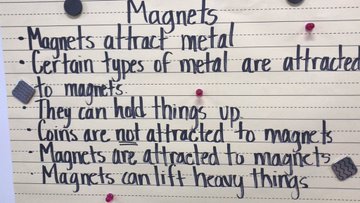
Ways to help at home:
- Pull out some magnets and let them go to town! They can wander around the house trying to figure out what attracts magnets. Remind them to stay away from your phone or computer! ;-)
Social Studies:
Students have watched videos, read stories, and hear a few read alouds on two famous Americans (George Washington Carver and Helen Keller). Students were able to list 3 facts that they know about each one on an informal assessment.
Ways to help at home:
- There are so many resources available on these two famous Americans. Let students check out a book from the library or research online. Let their desire to add to their schema drive their research! They can use the Pebble Go website for more information. (George Washington Carver and Helen Keller)






